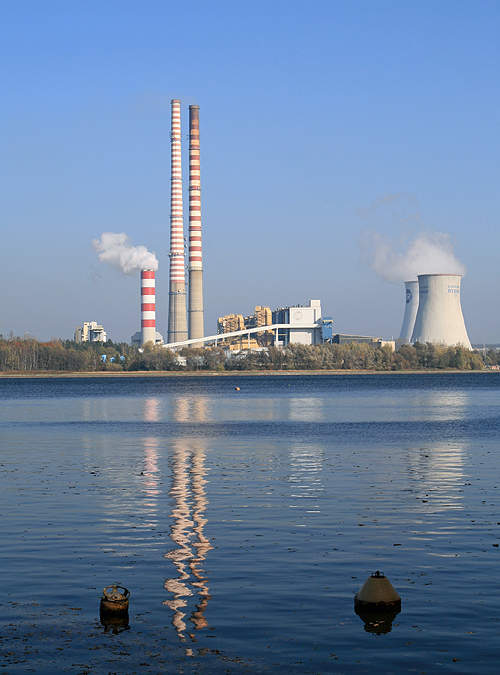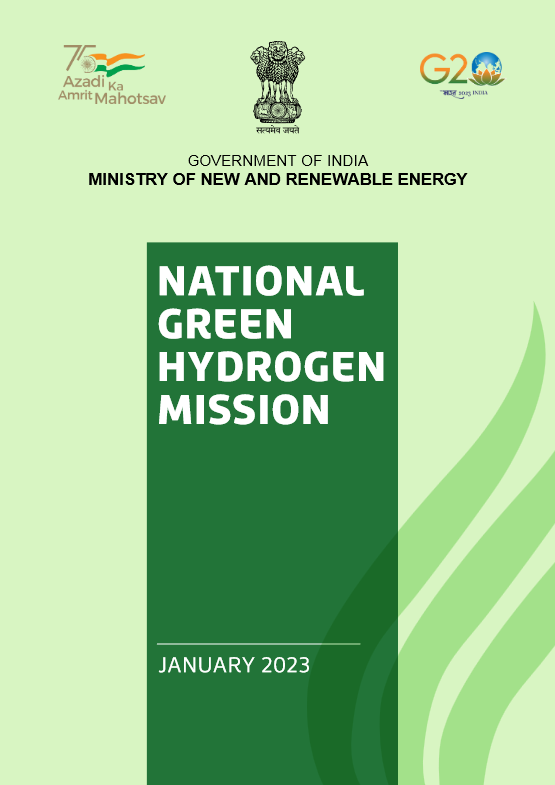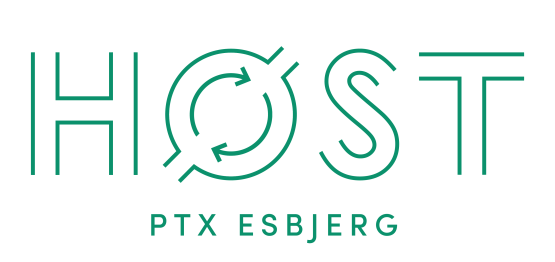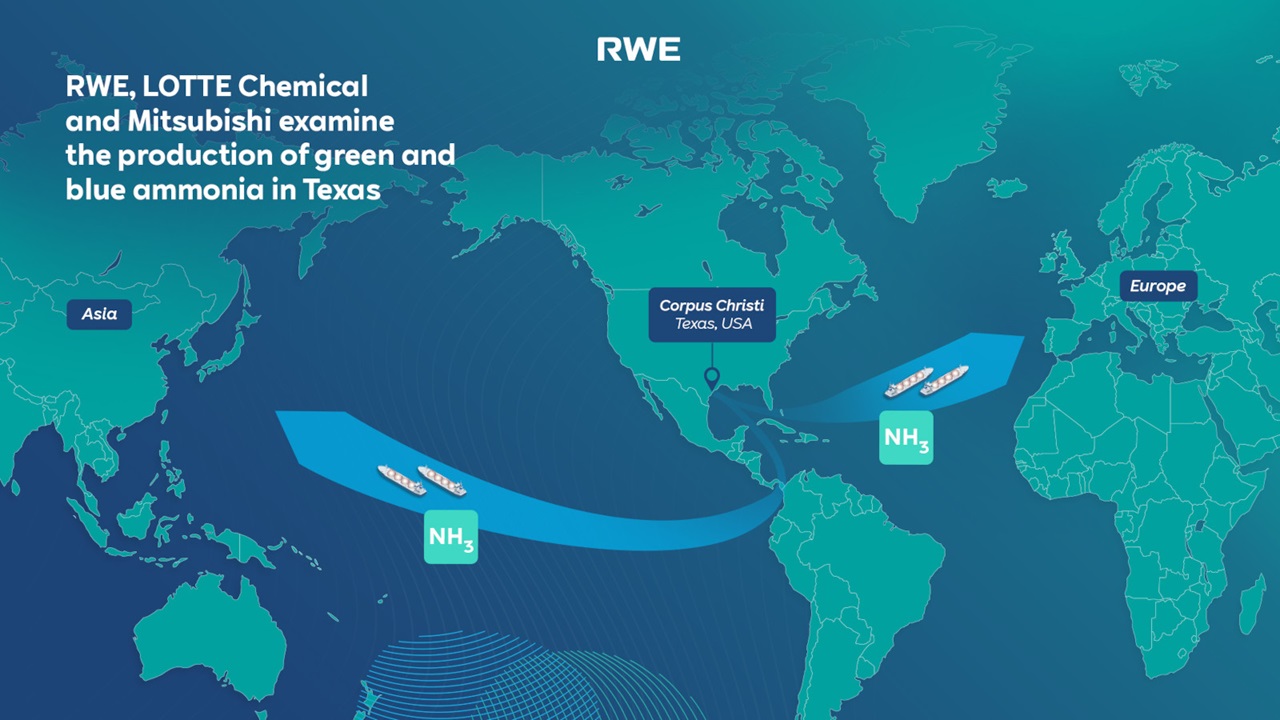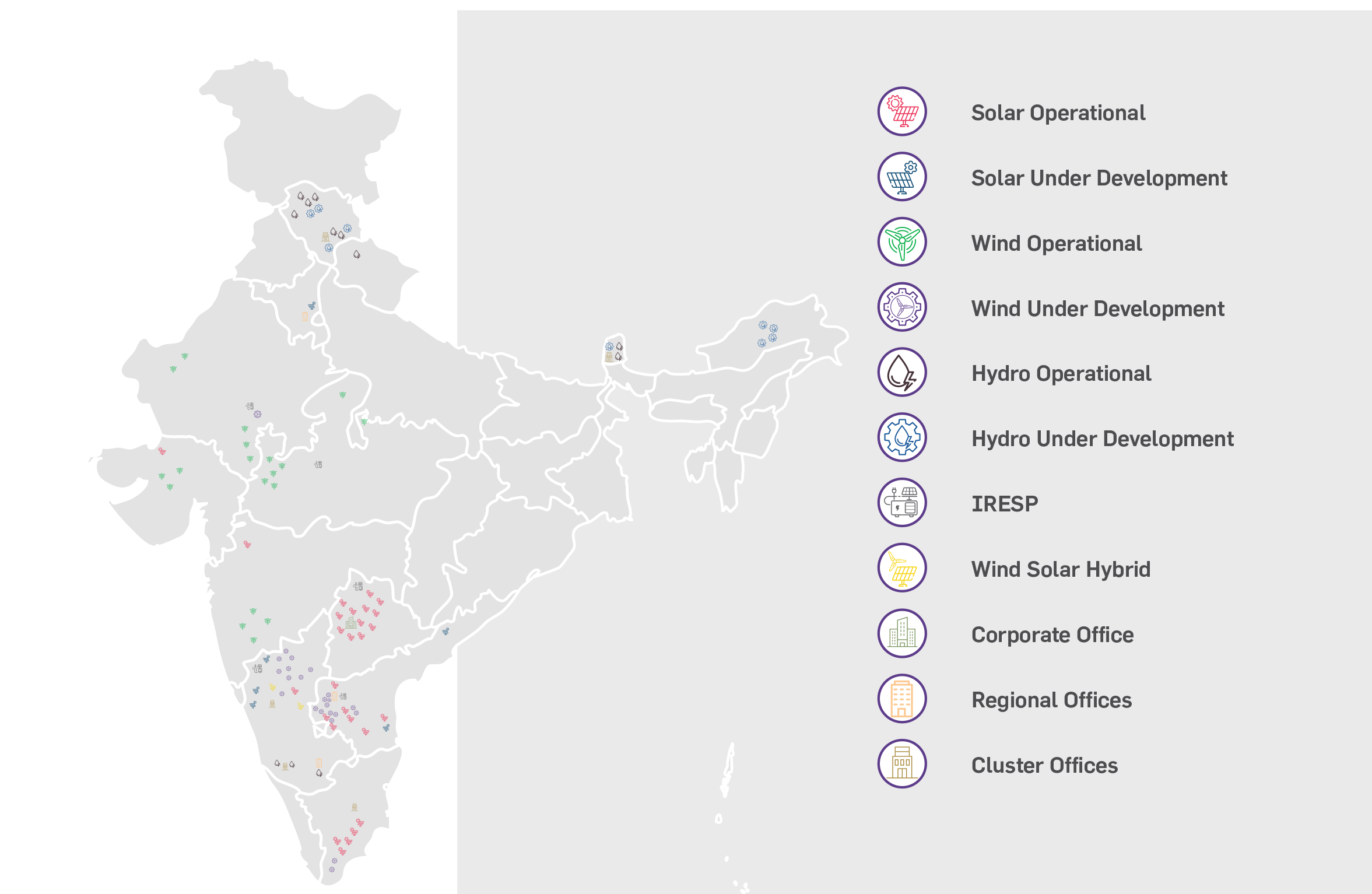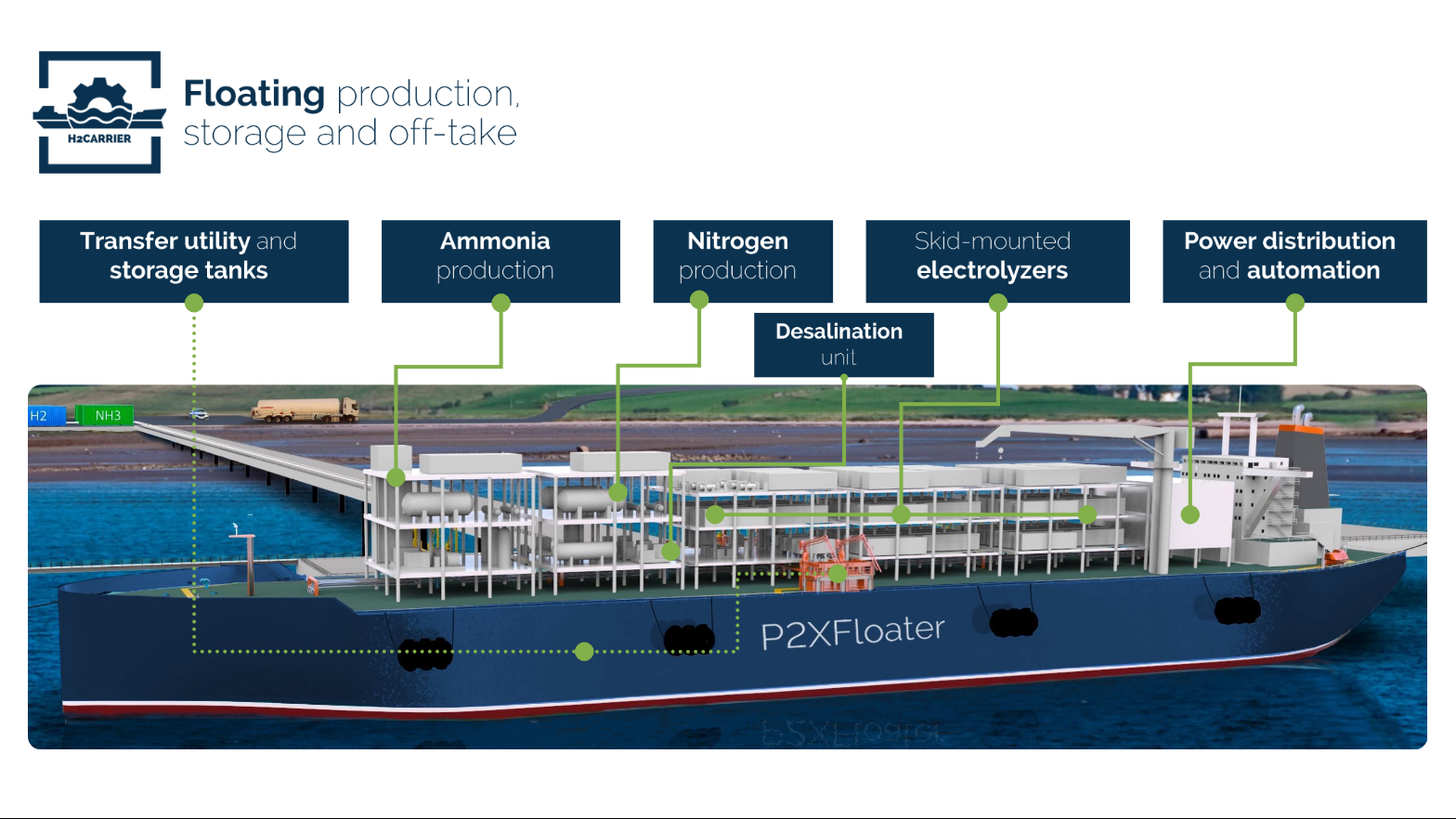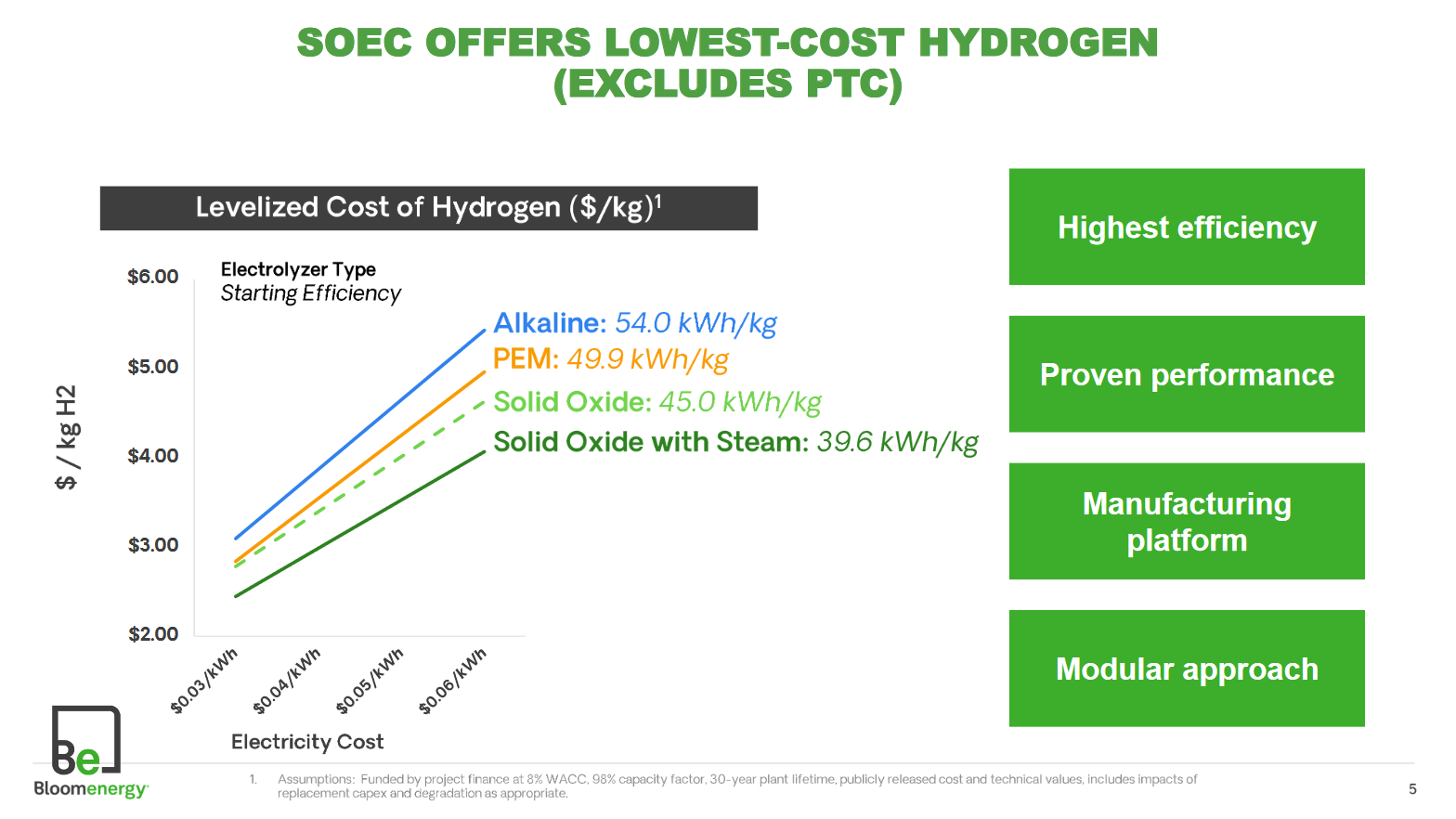Cepsa: renewable ammonia in Spain
Spanish energy & chemicals giant Cepsa has announced two new, significant ammonia partnerships this week. Cepsa will supply renewable ammonia imports to ACE Terminal in Rotterdam from 2027, realizing the vision for a green maritime corridor between the Netherlands and the Mediterranean. And, together with Fertiberia, Cepsa will develop a 1 GW renewable hydrogen plant near the La Rábida energy park. The plant will produce hydrogen feedstock for Fertiberia’s Palos de la Frontera ammonia & fertiliser manufacturing complex, and Cepsa’s own industrial needs in the area.

